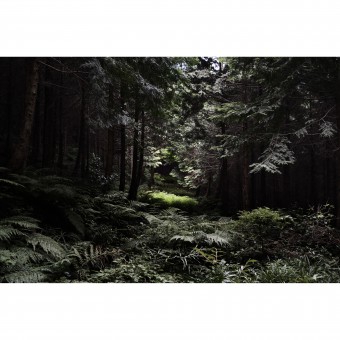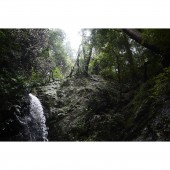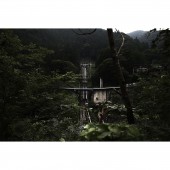The Japanese Forest Photography by Masaru Eguchi |
Home > Winners > #95058 |
 |
|
||||
| DESIGN DETAILS | |||||
| DESIGN NAME: The Japanese Forest PRIMARY FUNCTION: Photography INSPIRATION: One of the beginnings of Japanese religion is the "Yaoyorozu-no-k UNIQUE PROPERTIES / PROJECT DESCRIPTION: "The Japanese Forest" is taken from a Japanese religious perspective. In addition, the more it explores the unique perspectives of Japan, the more universal and true nature appears. The nature in this work is the scenery seen by ancient people, modern people, and future people. OPERATION / FLOW / INTERACTION: This work reminds the user of the view of nature stored in the gene. This work suggest a discussion about what is needed for the future art. This is the role of the work. PROJECT DURATION AND LOCATION: The project was created between 2013 and 2015. And it was released on eguchimasaru.com. FITS BEST INTO CATEGORY: Photography and Photo Manipulation Design |
PRODUCTION / REALIZATION TECHNOLOGY: The technology required for "The Japanese Forest" is digital retouching. Digital retouching has made it possible to achieve both nostalgia and newness. With this work, He was able to create colors that could not be achieved with film. SPECIFICATIONS / TECHNICAL PROPERTIES: The camera used in "The Japanese Forest" is NIKON Df. Retouch uses Adobe CC. TAGS: Japan, Photo, Nature, Mountain, Forest, Tree, Green, Landscape, Sustainable, Ecology RESEARCH ABSTRACT: Type of study: animism, eight million gods. Research purpose: To preserve the existing landscape in the future. Methodology: photography. Tools: Japanese classic books. Influence of design: The more unique the country landscape, the more universal the beauty. CHALLENGE: The difficulty with this project is that forests are decreasing in Japan. Japanese forests were destroyed by economic growth in the 1960s. Replanted with fast-growing trees, Japanese forests have become similar. ADDED DATE: 2019-12-06 00:15:46 TEAM MEMBERS (1) : IMAGE CREDITS: Image #1: Photographer Masaru Eguchi, The Japanese Forest, 2013-2020. Image #2: Photographer Masaru Eguchi, The Japanese Forest, 2013-2020. Image #3: Photographer Masaru Eguchi, The Japanese Forest, 2013-2020. Image #4: Photographer Masaru Eguchi, The Japanese Forest, 2013-2020. Image #5: Photographer Masaru Eguchi, The Japanese Forest, 2013-2020. PATENTS/COPYRIGHTS: Copyright: Masaru Eguchi |
||||
| Visit the following page to learn more: https://www.eguchimasaru.com/works/0018. |
|||||
| AWARD DETAILS | |
 |
The Japanese Forest Photography by Masaru Eguchi is Winner in Photography and Photo Manipulation Design Category, 2019 - 2020.· Read the interview with designer Masaru Eguchi for design The Japanese Forest here.· Press Members: Login or Register to request an exclusive interview with Masaru Eguchi. · Click here to register inorder to view the profile and other works by Masaru Eguchi. |
| SOCIAL |
| + Add to Likes / Favorites | Send to My Email | Comment | Testimonials | View Press-Release | Press Kit | Translations |
Did you like Masaru Eguchi's Photography Design?
You will most likely enjoy other award winning photography design as well.
Click here to view more Award Winning Photography Design.








